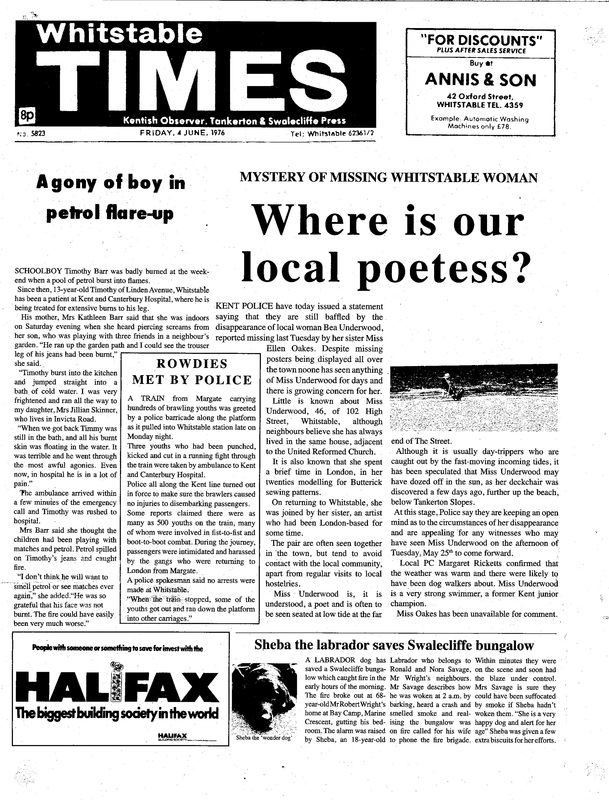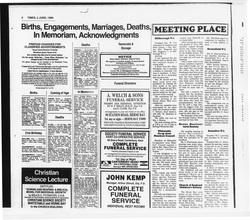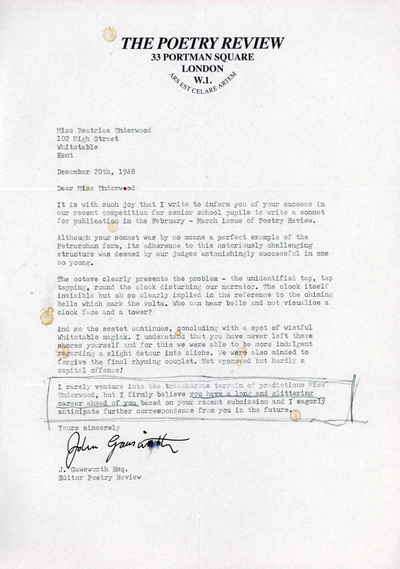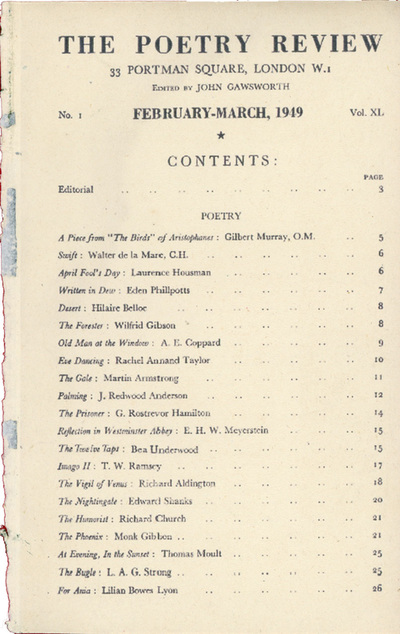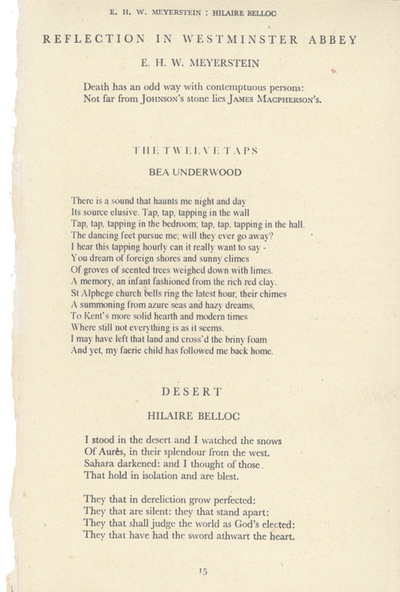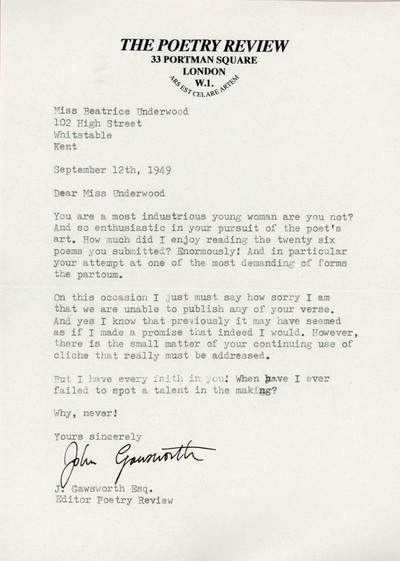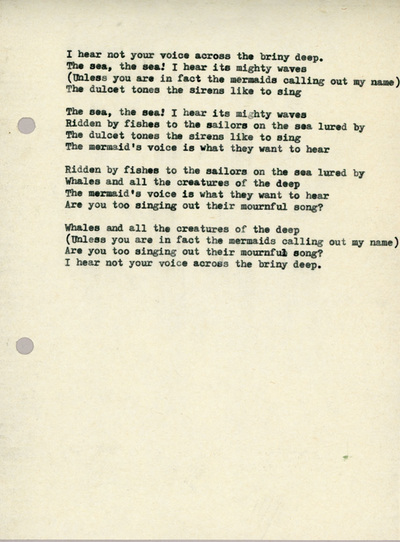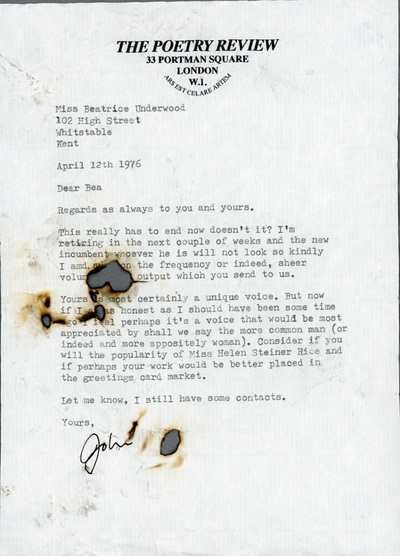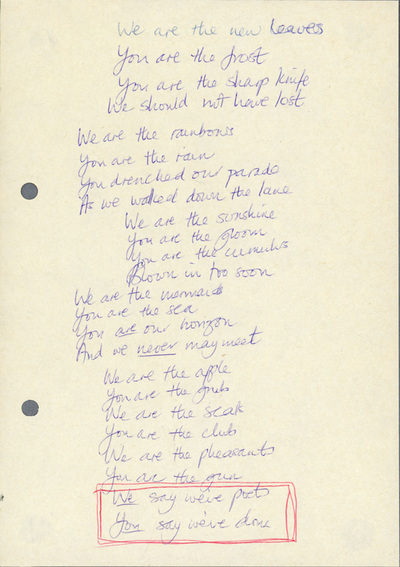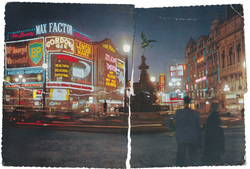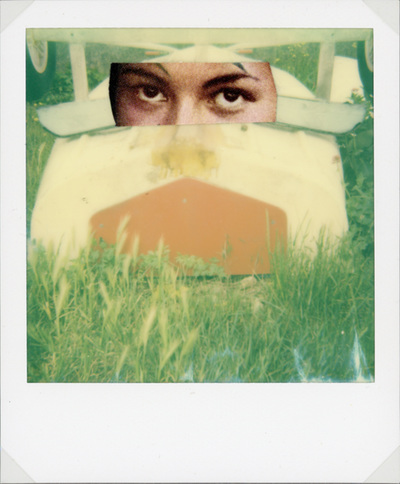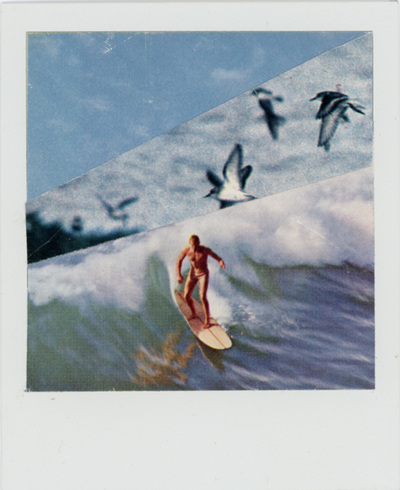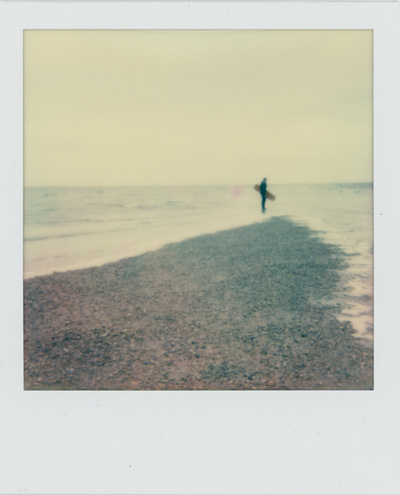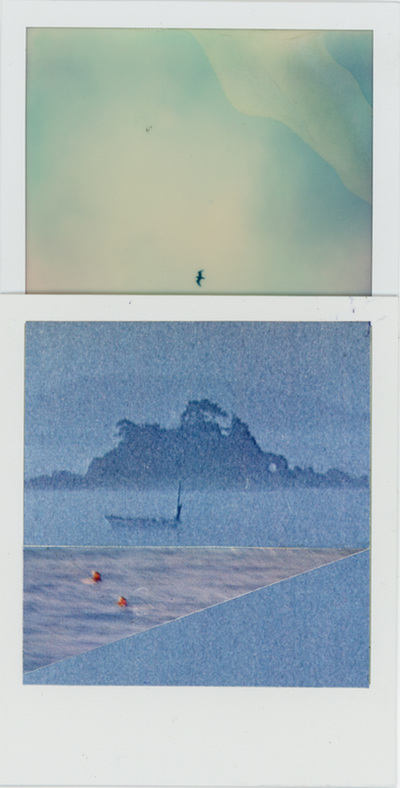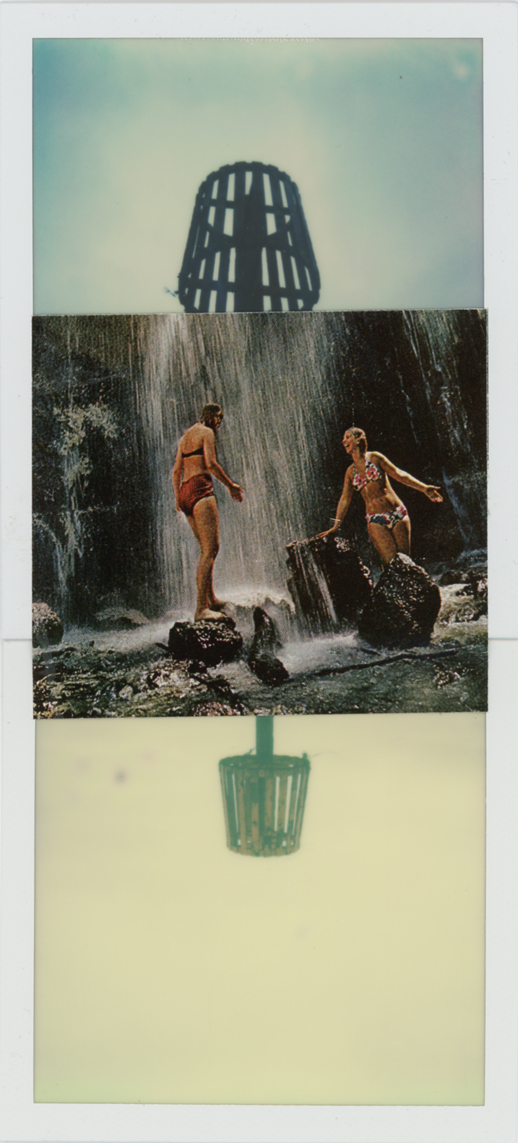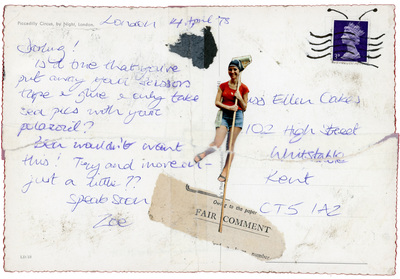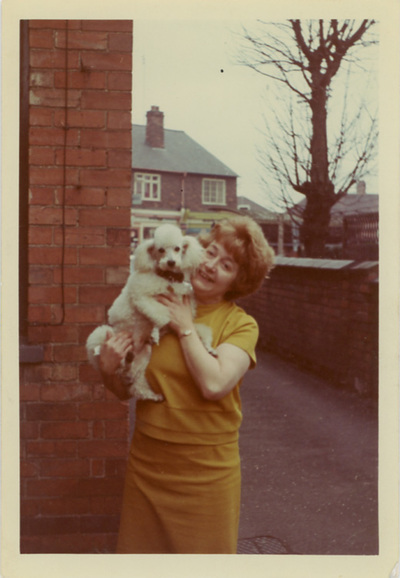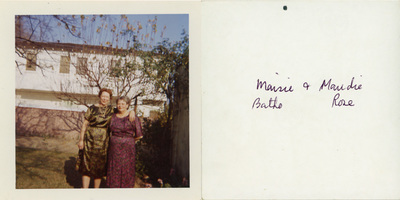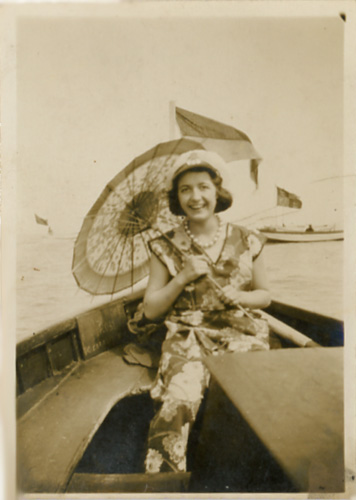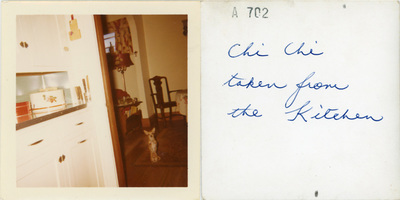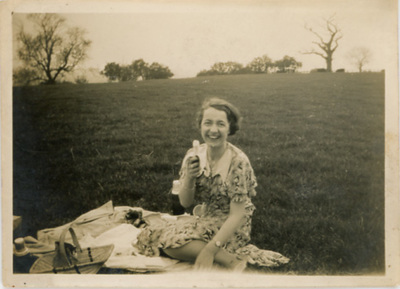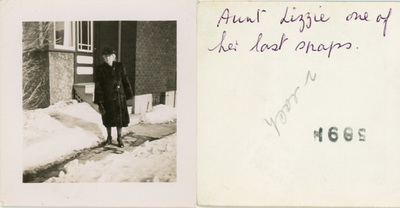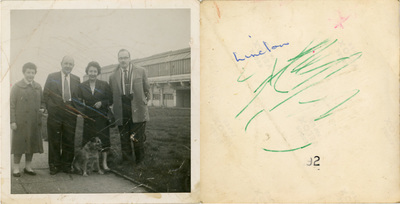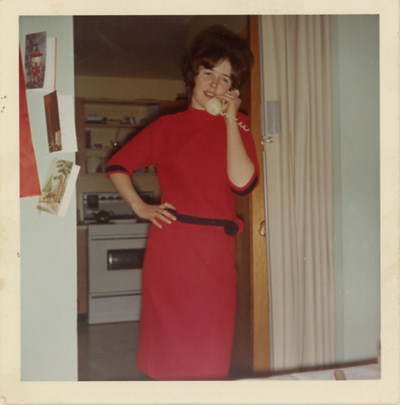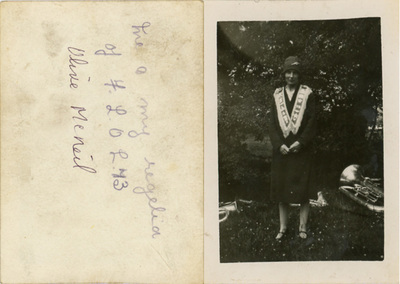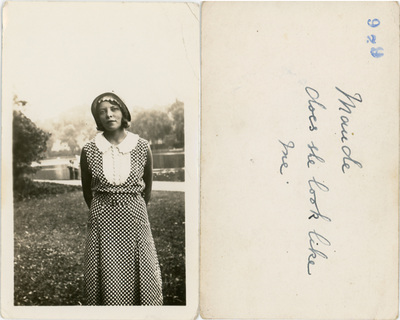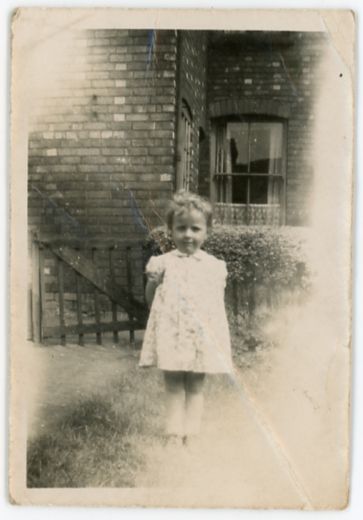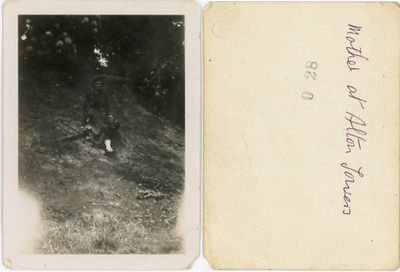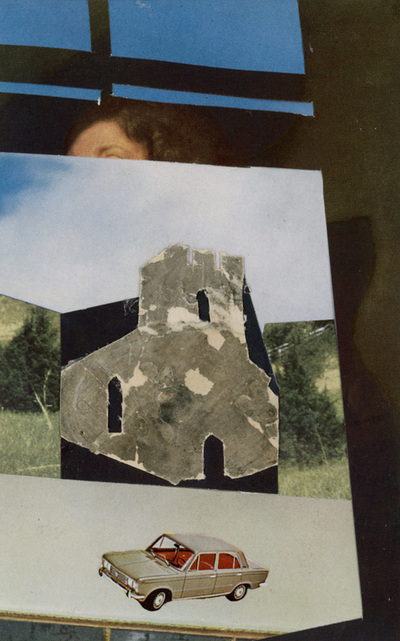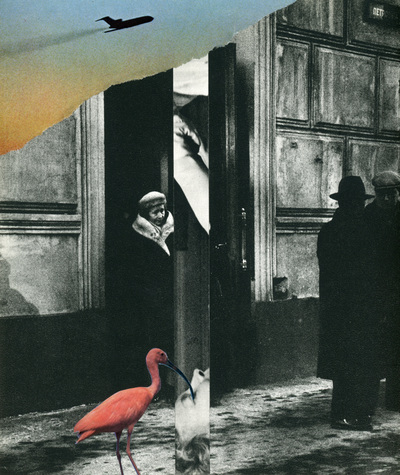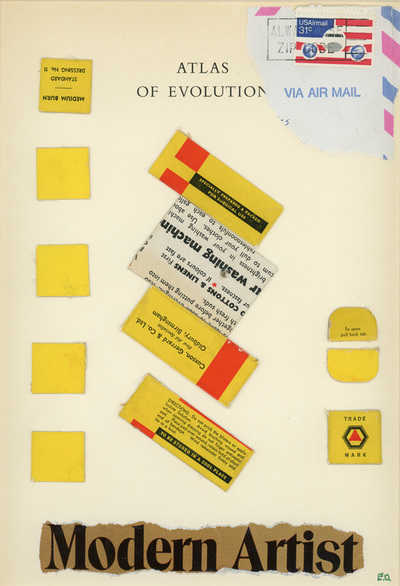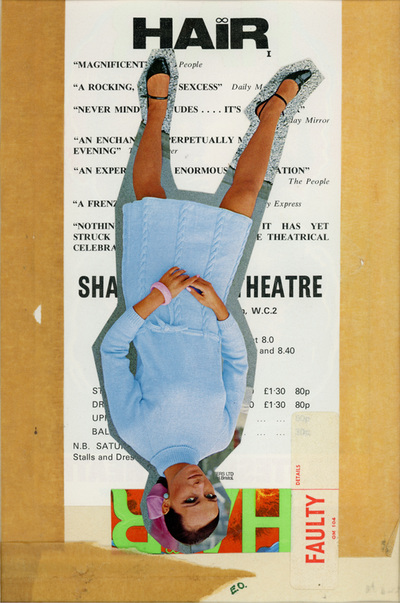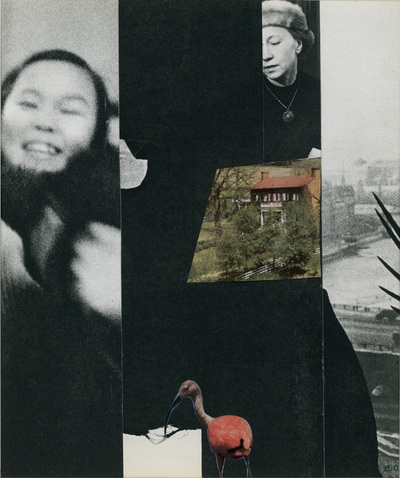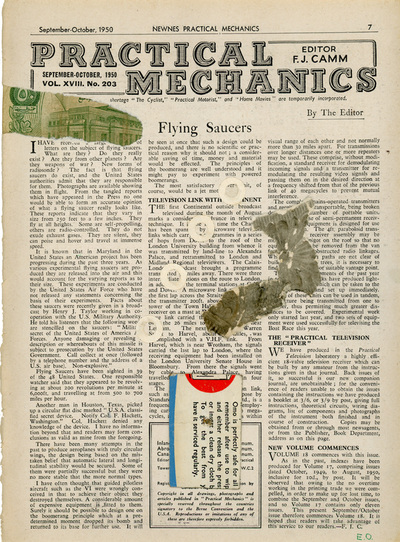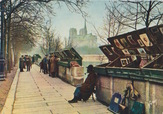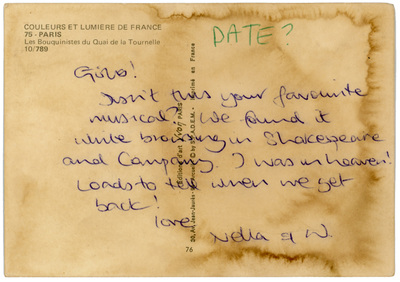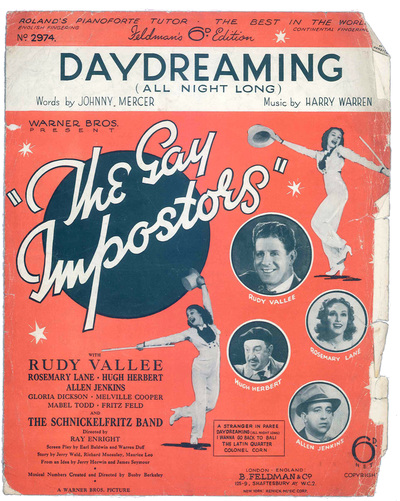A Box Of Tricks - The Twelve Taps, Whitstable Satellite, 2016
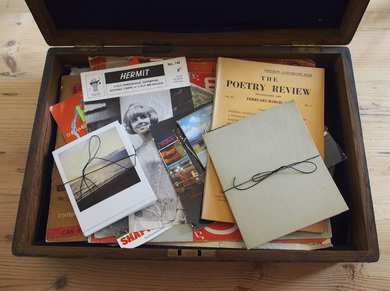
In February 2016 I bumped into the Waltshaws who were in the midst of a major refurbishment of their new premises on the High Street and they mentioned a box that had been unearthed by builders beneath the floorboards. It held an odd mix of random personal effects, including photographs, letters, souvenirs, mementoes and other keepsakes, most of which, to a stranger have little discernable value or significance.
Naturally, I was curious and on seeing the contents, which had been deliberately concealed or perhaps just forgotten about, asked if I could make use of them in some way. The box also contained materials suggesting the previous occupants had creative aspirations, one as a poet and one in the visual arts.
A front page of the Whitstable Times inside revealed that from her childhood in the 1930s, a woman called Beatrice Underwood had occupied the house. In the fifties she was joined by another woman, Ellen Oakes, described as her sister. In the 1970s, at the age of forty-six, Beatrice Underwood seems to have disappeared.
Oddly enough, the Waltshaws had been struggling to decide on a name for their new craft beer bar and its source was revealed in the installation in the pages from an old copy of the Poetry Review. Unfortunately I had removed the pages before discovering that these vintage copies are quite rare. The rest of the publication is now with the Poetry Society.
I spent some time attempting to track down further information about the women but only uncovered a single ‘In Memoriam’ from the local paper, which I printed from the Library’s microfiche and which is also shown here.
It was obviously challenging deciding which items to display in the installation and which to leave out, so I used the newspaper article and In Memoriam as a starting point. I also took the opportunity to exhibit Ellen Oakes’ works from the box, which presumably were precious to her as she had been unable to destroy them despite her change in artistic direction.
The installation also perhaps asked the viewer to consider the question of what items s/he might wish to secrete for others to discover and mull over at some future point. From how many items can the story of a life be built?
Naturally, I was curious and on seeing the contents, which had been deliberately concealed or perhaps just forgotten about, asked if I could make use of them in some way. The box also contained materials suggesting the previous occupants had creative aspirations, one as a poet and one in the visual arts.
A front page of the Whitstable Times inside revealed that from her childhood in the 1930s, a woman called Beatrice Underwood had occupied the house. In the fifties she was joined by another woman, Ellen Oakes, described as her sister. In the 1970s, at the age of forty-six, Beatrice Underwood seems to have disappeared.
Oddly enough, the Waltshaws had been struggling to decide on a name for their new craft beer bar and its source was revealed in the installation in the pages from an old copy of the Poetry Review. Unfortunately I had removed the pages before discovering that these vintage copies are quite rare. The rest of the publication is now with the Poetry Society.
I spent some time attempting to track down further information about the women but only uncovered a single ‘In Memoriam’ from the local paper, which I printed from the Library’s microfiche and which is also shown here.
It was obviously challenging deciding which items to display in the installation and which to leave out, so I used the newspaper article and In Memoriam as a starting point. I also took the opportunity to exhibit Ellen Oakes’ works from the box, which presumably were precious to her as she had been unable to destroy them despite her change in artistic direction.
The installation also perhaps asked the viewer to consider the question of what items s/he might wish to secrete for others to discover and mull over at some future point. From how many items can the story of a life be built?
|
It seems that Bea Underwood won a poetry competition at the age of nineteen and was greatly encouraged by the compliments of John Gawsworth, editor of the Poetry Review. Over the years it appears she inundated them with increasingly unpublishable verse. Their last letter to her looks as though it was retrieved from the rubbish. Is this what led to her disappearance? Also displayed was what must have been one of her final poems which is quoted from in the In Memoriam.
|
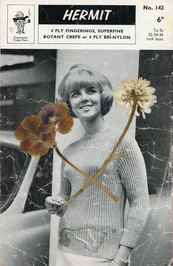
The newspaper article refers to Bea Underwood modelling for Butterick sewing patterns. I wonder if this was an error and she was actually a knitting pattern model.
The addition of the pressed flowers to the pattern suggests that it held some significance for someone.
Is this perhaps an image of Bea Underwood in her younger days?
The addition of the pressed flowers to the pattern suggests that it held some significance for someone.
Is this perhaps an image of Bea Underwood in her younger days?
|
In the pre-digital age even the worst photographs were kept, as the medium was relatively expensive. We can only guess at the significance of these images, most of which had no information on the back. More examples were exhibited in the installation but here I am showing the majority of those with captions.
|
|
It is impossible to say whether or not Ellen Oakes ever exhibited her collages, or was a trained, professional artist, but these are a just a few of the many that were in the box. I’ve included what appears to be a very early attempt, which differs from the rest, as it seems to be more representational. The majority of the pieces are initialled E.O. which points to someone taking her work seriously enough to sign it. Would there not have been some documentation relating to an exhibition had there been one? It seems fitting that they can receive some exposure now.
|
